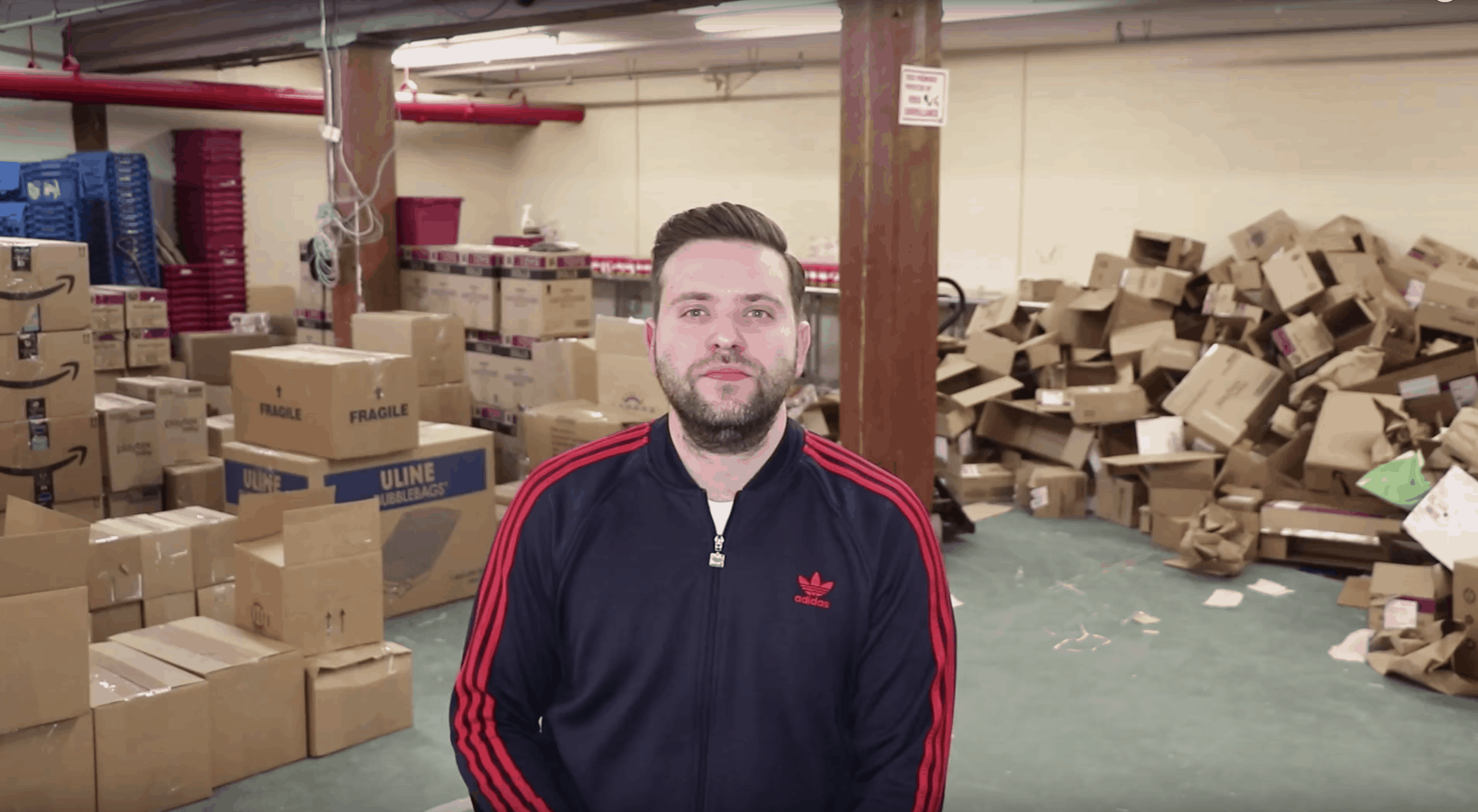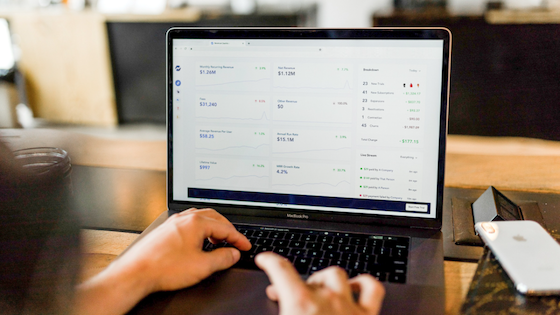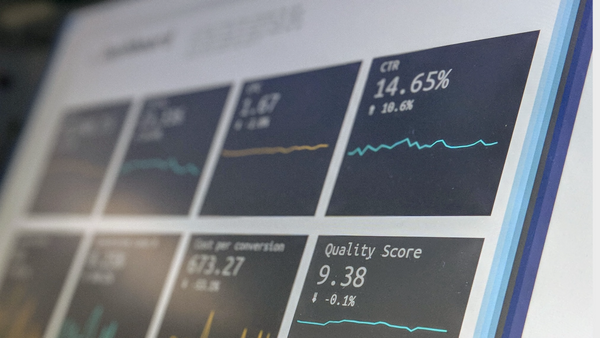CNBC Profiles PingPong Customer Larry Lubarsky’s Amazing Ride to the Top on Amazon
6 minute read
Larry Lubarsky is known to fans on social media as “Watch Me Amazon.” Here at PingPong, we’ve known Larry as one of our favorite customers since 2018. As a cross-border online seller, he uses his PingPong account to exchange currency from his foreign Amazon marketplaces into US dollars, like Amazon EU. So, it was no surprise to us that Larry is an extraordinarily successful Amazon seller. What we didn’t know until recently was the amazing story behind Larry’s rise.
In 2011, Larry was broke and living at home with his mom. By 2017, his company in Brooklyn, New York, was bringing in $18 million annually selling thousands of items a day on Amazon. Larry expects his company, which now employees 10 people, to hit more than $20 million this year.
How he scaled the heights of Amazon in just a few years is the subject of his recent profile on CNBC.
How Larry Stumbled on Amazon
It all started in 2012, when Larry was hired to work at an optical store in Brooklyn for $500 a week. He was hungry to work and rebuild his life after hitting hard times and losing his entire savings in the wake of the 2008 financial crisis. He wasn’t just broke, he was in more than $100,000 of debt.
Since he’d dropped out of high school to work as a stockbroker, he didn’t have a lot of typical career options. “I was living with my mom, I was severely in debt, I couldn’t afford my phone, my car. I couldn’t afford to, you know, take a girl out on a date, anything like that,” Larry says of his life after losing all his savings.
He was ready to take any job he could find. When a friend who owned an optical shop offered him $500 a week to work with him, he jumped at the chance to rebuild his finances. He started answering the phone and doing odd jobs at the optical shop. One of those odd jobs was helping the owner with his side-gig buying wholesale sunglasses and eyeglasses and selling them on Amazon. The experience was eye-opening, to say the least. “I had no idea that selling on Amazon was even a thing,” explains Larry of his introduction to the Amazon marketplace. “I didn’t even know that [Amazon] even existed.”
Quickly Mastering the Amazon Sales Game
It didn’t take long for Larry to catch on. “When I picked up a product and saw that, ‘Hey, I can buy this for $10 and I can sell it on Amazon for $20 and make 10 bucks in the process, and it’s selling five [or] six times a day,’ — that’s when the light bulb went off for me. And, that’s when I realized, you know, that I can scale this business out.”
Larry quickly mastered the Amazon sales game. He went on to launch the optical company’s business on Amazon UK in return for a “small cut” of the profits, according to Larry. Within a year, he had scaled the business so quickly that his “small cut” was now bringing in millions.
With profits under his belt, Larry struck out to build his own Amazon business. He brought on investors to help fund the first inventory purchase of $50,000 worth of products. “They [the products] started selling. Let’s say, you know, 60 to 90 days went by — that $50,000 came back to us as [$70,000],” Larry says.
Larry then reinvested the entire $70,000 into inventory. That quickly turned into $100,000. “We took that and we reinvested it back,” he said of their early Amazon business strategy.
The profits have been growing ever since, and he’s never looked back. Today, Larry’s company buys products in bulk and sells millions of dollars worth on Amazon annually.

The Wholesale Arbitrage Model of Selling on Amazon
Larry engages in wholesale arbitrage, what he calls one of the four main Amazon selling models. He buys things like electronics, toys, groceries, and health and beauty products. A lot of things. On any given day, Larry’s Amazon store has more than 3,000 products listed for sale.
“Basically, we’re looking for that one percent of products from the thousands that you look at that actually sell well and have a nice profit,” explains Larry about his Amazon product strategy. “If I’m spending money I want to know that, no matter what, I can sell that product and get my money back,” Larry says.
But it wasn’t an overnight success story, and it wasn’t without a lot of hard work and sacrifice. From the start, Larry recognized the nature of an inventory-based business meant that he needed to watch every penny. He knew it was essential to keep as much money as possible working in the business.
Putting Everything Back Into the Business
“When we started the business, we didn’t pay ourselves,” Larry said. They were determined to scale the business as quickly as possible. “We just kept selling stuff, taking the money, reinvesting it into new products.”
To do that, he and his partners were working long hours out of a small garage in Brooklyn. “When I started, I was labeling everything myself, I was doing the research myself,” explained Larry.
Maximizing Amazon Profits
It wasn’t until they established a steady cash flow that they brought on employees. In the beginning, they did everything themselves. “Stuff would get shipped to our house, we would open everything, label everything, pack everything, prep everything ourselves, ship everything ourselves, build pallets ourselves,” Larry explained to CNBC of early days of his business.
Today, the company has 10 employees and a 4,400-square-foot commercial warehouse in Brooklyn. Larry’s been using PingPong since 2018 to exchange foreign currency he’s received from Amazon marketplaces around the world. With the cost-cutting currency exchange rates PingPong offers online sellers, Larry has been able to keep more of his hard-earned profits to keep growing the business.
To keep up with Larry, follow him on Instagram and check out Larry’s YouTube channel about growing an Amazon FBA business.










